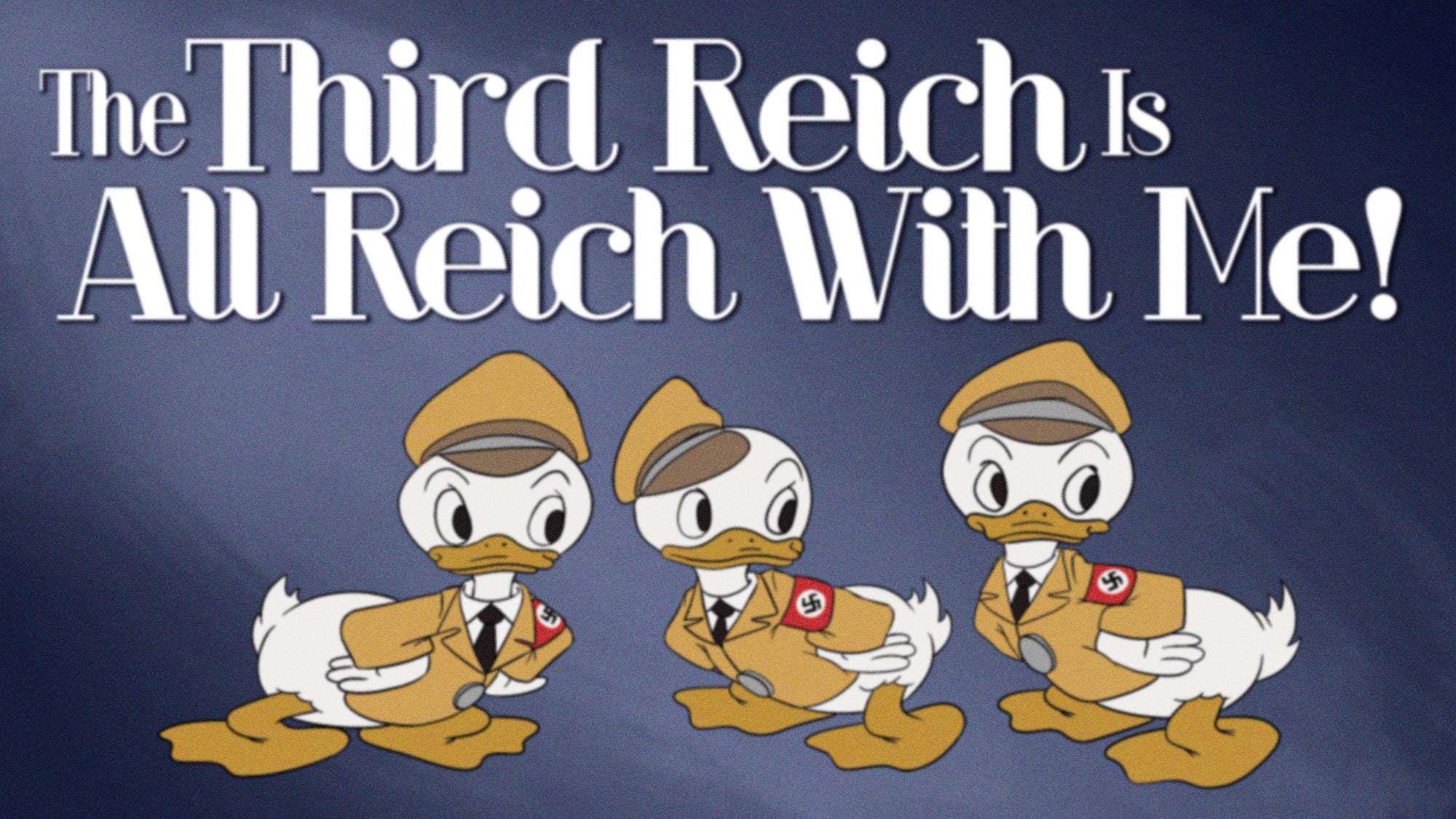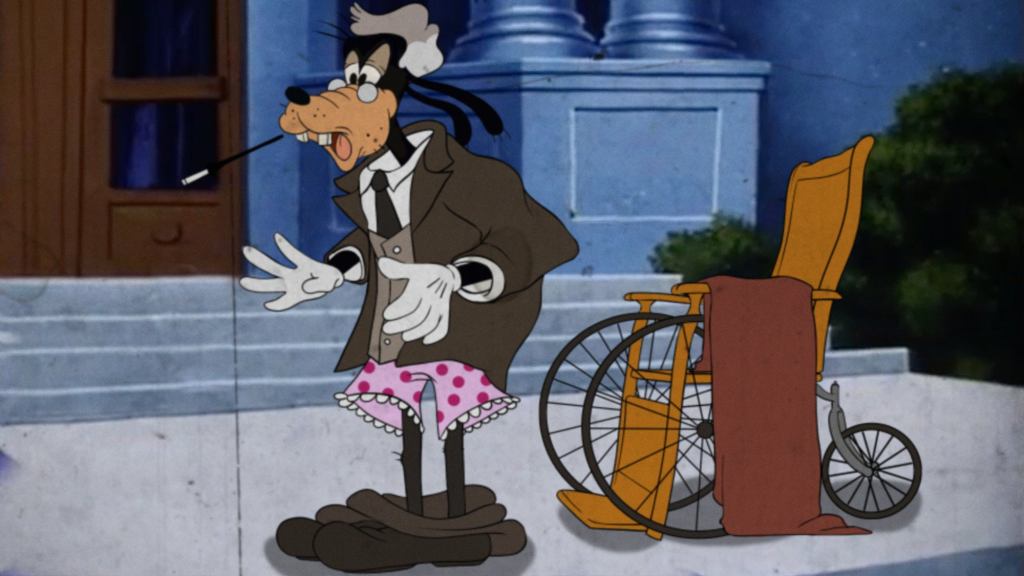SAN FRANCISCO—In a shocking discovery certain to complicate the legacy of a national icon, the estate of Walt Disney announced Friday it had discovered a cache of anti-American cartoons the pioneering animator intended to release if the Axis Powers had triumphed in World War II.
The newfound materials reveal that in 1942, as Hitler’s war machine was nearing the height of its European occupation, Disney ordered his studio to produce animated propaganda praising a global empire ruled by Germany, Italy, and Japan. Hidden away in a vault for nearly 75 years—and starring classic characters such as Mickey Mouse and Donald Duck—the never-before-seen shorts and feature-length works depict Americans as lazy, corrupt, and inferior to the morally upstanding German patriots who will soon conquer them.
“There are hours of cartoons in which Mickey and the gang teach American children that U.S. soldiers were cowardly murderers and a worldwide Jewish conspiracy was responsible for the war,” said Walt Disney Family Museum curator Eileen Bryant as she described Wehrmacht Duck, which features Nazi paratrooper Donald shouting “Blood and soil!” as he lands in an American town, distributes copies of Mein Kampf to teachers, and lectures Nordic-looking children on racial hygiene. “Walt wanted to cover all his bases in the event of an Allied surrender. If the D-Day invasion had failed, he would have sent his first short, U-Boat Willie, directly to Joseph Goebbels.”
“He just wanted to make sure his production company had distribution and a market, whether he was living under a sovereign American government or Hitler’s thousand-year Reich,” she added.

The Disney estate confirmed one of the features found in the vault is a remake of Fantasia in which Jewish composer Paul Dukas’ “Sorcerer’s Apprentice” is replaced with an all-Wagner score. The revised story reportedly centers around a young Mickey Mouse who, upon discovering his true Aryan heritage in a dream, reawakens as an Übermaus and begins goose-stepping in time to the increasingly feverish music. Documents indicate that following an Axis victory, Disney would have had the movie screened in every theater across North America, along with a re-cut version of Bambi that depicts the title character’s mother and all the forest animals as genetically defective creatures who are rightfully slaughtered by the film’s heroic hunters.
According to studio memos, all screenings would begin with a featurette in which FDR—portrayed by Goofy as an effeminate weakling whose pants fall down to the sound of a slide whistle every time he attempts to rise from his wheelchair—is sent to a camp for liquidation.
“A lot of these cartoons were aimed at convincing Americans of German heritage they were victims of a Jewish-led assault on their culture, especially the shorts starring Heinrich, Diedrick, and Ludwig,” said Bryant, referencing the duckling brothers better known as Huey, Dewey, and Louie. “In 1943’s The Third Reich Is All-Reich With Me, the brothers are rewarded for alerting their Waffen-SS uncle Donald to the secret hiding place of Pluto the Plutocrat, a dog with a Star of David pendant hanging from his collar. As a show of gratitude, the Gestapo decides to make them honorary secret police-ducks.”
Estate officials confirmed the collection also contains propaganda intended to prepare Americans for a Nazi occupation, including a public service announcement in which Minnie Mouse, an emblem of Aryan motherhood who has renounced her U.S. citizenship, is seen embroidering the words “Long live our glorious Führer” on a shawl. She tells viewers how proud she is to be raising children for the Fatherland and encourages American-born members of the master race to begin assembling baptismal records so their new masters can verify the purity of their blood.
“All these works, along with Walt’s early concept art of a swastika-festooned Epcot Center, were locked away after V-E Day,” Bryant said. “By today’s standards, they of course seem bigoted, even hateful, but it’s important to view them within the historical context in which they were made.”
“Except all the Japanese stuff,” Bryant continued. “Those caricatures were super racist even when they were supposed to be the good guys.”







